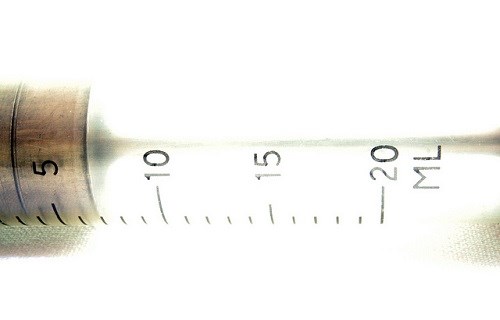New report benchmarks IFs anti-doping programmes
International summer sports federations spend a total of USD 27.68M on anti-doping, a new report says. The report is commissioned by the Association of Summer Olympic International Federations (ASOIF) and uses a similar framework as a report made in 2010.
Comparing the 2015 expenses to the ones reported in 2010, the IFs’ expenditures on anti-doping has risen by 17.8% (from USD23.5M in 2009 to USD27.68M in 2015), the report concludes.
According to the report, there is a small group, consisting of six IFs, whose expenditures make up for 80% of the IFs’ total anti-doping expenditures in 2015. The report does not disclose which, but says that the average spending by these six federations is USD3.04M.
At the other end of the scale, 17 federations contribute 11% of the total expenditure, equaling an average of USD153,000 in anti-doping expenditures in 2015, the report says and underlines that this amount is actually an increase of 82% compared to the 2009 figures.
While the expenses on testing make up for the majority (70%) of the IFs anti-doping spending, the average cost per test has decreased from USD 825 in 2008 to USD 387.
And even though the total amount spent on anti-doping has increased, the part spent on anti-doping education has gone down from 4.1% in 2009 to 2.9% in 2015.
“The findings provide a clear indication as to how much the Summer Olympic IFs spend globally on fulfilling their obligations under the WADA Code,” said ASOIF president Francesco Ricci Bitti in a statement following the release of the report.
“We expect the research outcomes to deliver valuable information for the ongoing discussion concerning how to enhance the future fight against doping and the potential creation of an independent authority for testing. Our ultimate objective must be to protect athletes in the best way possible.”
The report was launched at the 10th edition of the International Federation Forum in Lausanne, Switzerland on 9 November.






